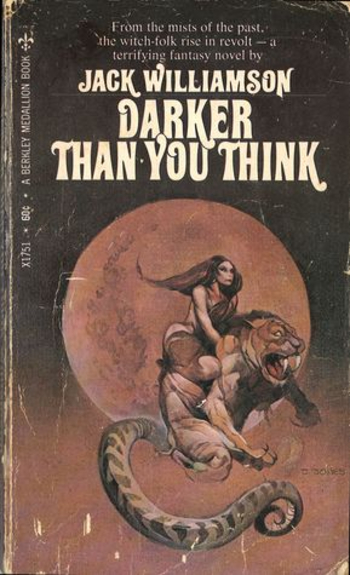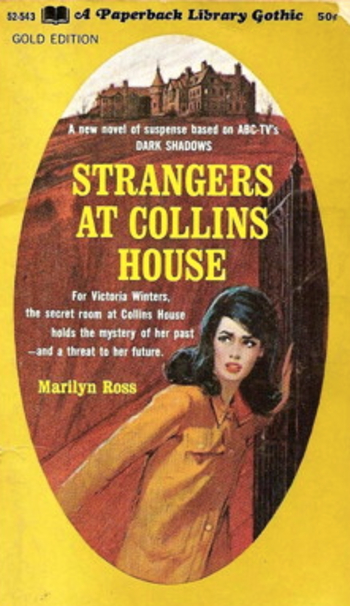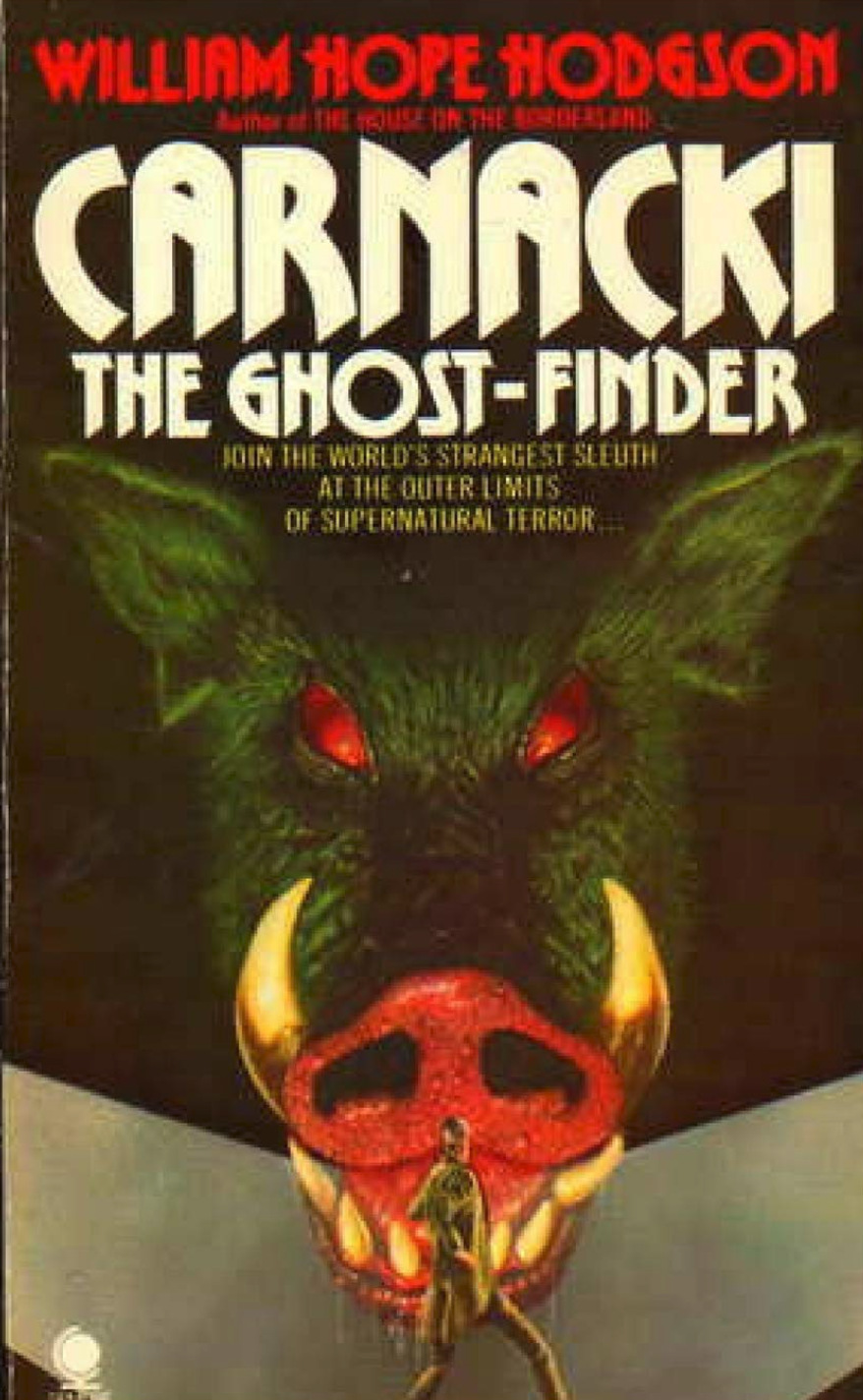
The Devil Rides Out
Dennis Wheatley | Bantam | 1967 (first published 1934) | 310 pages
“I disliked him intensely. He’s a pot-bellied, bald-headed man of about sixty, with large, protuberant, fishy eyes, limp hands, and a most unattractive lisp. He reminded me of a large white slug.”
When his old friend Simon Aron falls under the spell of a powerful occultist, the Duke de Richleau springs into action, battling a group of satanists bent on staging an infernal ritual that could unleash a great evil into the world.
Enlisting his brash American colleague, Rex Van Ryn, for assistance, the Duke discovers that Mocata, an advanced practitioner of the black arts, has extended a strange hold over Simon. Interrupting a ceremony at Simon’s isolated country house, the Duke and Rex prevent the hapless man from being initiated into a circle of satanic worshippers led by Mocata. Simon’s respite from evil is short lived, however, as Mocata’s magnetic powers of persuasion return Simon to his control, and set him up for a greater maleficent purpose on the upcoming occasion of Walpurgis Night.
What follows is just as much a two-fisted adventure tale as an occult horror. Dashing between locations, the Duke and Rex engage Macata and his minions in an epic battle of wills, with a far greater number of lives hanging in the balance than simply their friend Simon. From breaking up a black mass on the Salisbury Plain, to performing a cleansing ritual in the ruins of Stonehenge, to flying across Europe in a small airplane on the trail of Mocata, the Duke only seems to pause the action long enough to lecture on the esoteric nature of the occult.
And lecture he does. Frequently crossing over into the pedantic, the Duke’s endless pontifications on satanic ritual and ceremony become something of a bore, overstepping any welcome break in the breathless action passages. A self-professed dabbler in the esoteric, the Duke nonetheless seems to have picked up an endless reservoir of arcane knowledge from a single morning’s visit to the British Library. He certainly shows no reservations in droning away in minute detail to Rex and a few other allies he enlists along the way.
Although his experience and intelligence are beyond reproach, the Duke is also arguably something of a pompous ass. Possessing some questionable views on class and politics, he exhibits the values of an elite class with the time and resources to dedicate to a leisure of practicing the esoteric arts. Even in the face of great mortal danger, an ally of the Duke’s laments over an evening spent without an apéritif.
Rex picks up a love interest in Tanith, a young woman with a pessimistic view of her own future, who has fallen under Mocata’s spell along with Simon. She offers another candidate for the Duke’s protection, and a cause for the bluntly-spoken American.
A highlight of the action is a dramatic stand against the forces of darkness, with the Duke and his friends fortified within the chalk-drawn protection of a pentacle, waiting out the night as a series of evil manifestations try to break through their defenses. All the trappings of a supernatural battle are here, from holy water and white candles, to prayers and incantations against the duplicitous forces of evil attempting to trick and divide the Duke’s party.
Mocata’s ultimate plans are never specified in detail, but the horrors of World War I are intimated as being the result of similar evil unleashed in the world. Originally written in the thirties, contemporary readers will undoubtedly benefit from the historical foresight the book cannot possess, sadly anticipating the wave of real-life horrors about to break over England and the world, even if the Duke succeeds in his battle against Mocata. That the embodiment of all they are trying to prevent lies gathering strength just over the horizon occasionally tinges the proceedings with a meta-textual sense of melancholy.
Ultimately the action sequences are engaging and the overall atmosphere thick with malice. Even though lacking in actual scares, what other book offers its protagonist the opportunity to hold the mummified phallus of an Egyptian god in his hand?









